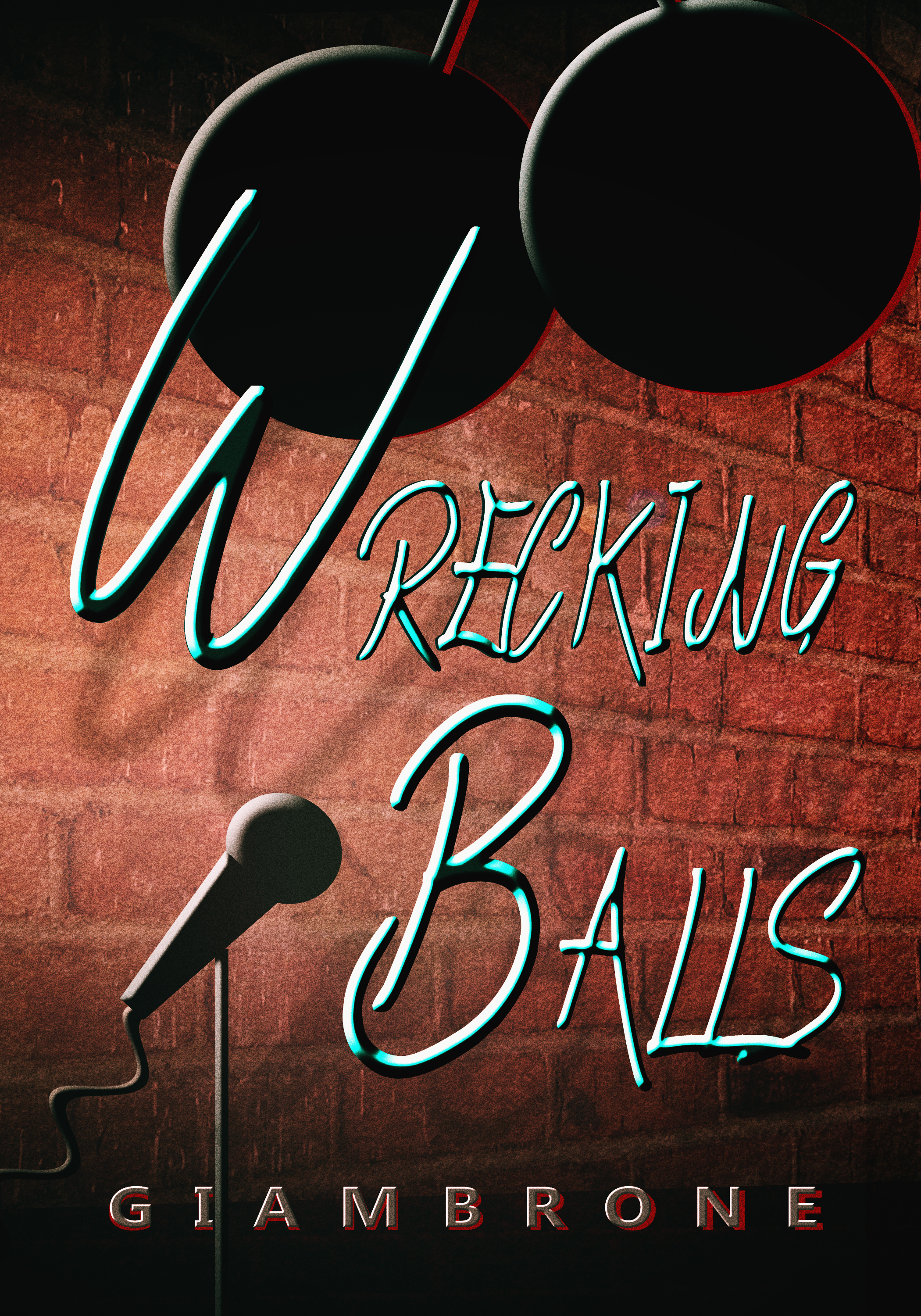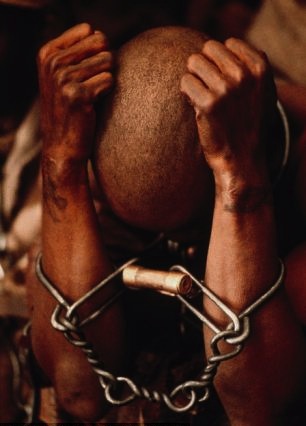
Time for another film discussion, this time centering on the most powerful single shots. More important than aesthetics are the reasons why they stand out as exceptional and changed the directions of their stories. This is not about length, although some are going to be long duration, but more about how what is revealed altered the story in front of our eyes.
The Good, The Bad and the Ugly
In a film filled with iconic, brilliant shots, the one that sticks out is when Tuco finally gets his greedy little hands on the gold. With a handful of gold coins, he looks up from the grave he dug it out of, and he calls to Blondie to celebrate. Only, when he looks up, he sees a noose hanging, and the camera frames him inside the noose looking down. That moment changes everything. The nature of their relationship has always been in question. What Blondie would do to Tuco and how much he wants the gold are open questions. Is Blondie a bad guy like Angel Eyes? What would Tuco do if the situation was reversed? All of this rushes forth in that one moment Tuco looks up into the noose.
They had been hanging one another throughout the start of the film. Tuco had been a professional noose evader for a while. It all brings the film to a breathless kind of climax at that moment, and the realization that there’s more to the story left to play out.
A Clockwork Orange
Kubrick does things you don’t expect. The film opens right in Alex’s face, and he’s staring straight into the camera, dressed in a top hat, with odd makeup on his eyes. The stare is cryptic and discomforting. The music swirls, and the camera decides to roll back slowly.
The reveal is the point, as the location is extremely unusual. Alex’s droogies are revealed, drugged out and yet dressed oddly in white long johns of some sort. This seems like some evil clown convention, but the camera continues backward. The tables are vulgar porcelain naked whores. The contrast between Alex and his droogies and the women on which they rest their boots is indicative of something extremely weird, a world we haven’t seen before. The camera simply rolls back the length of the space, showing that this is a semi-normal night for those present.
A Fish Called Wanda
John Cleese and Kevin Kline engage in a battle of wills, where Kline is insanely jealous over Wanda. The shot opens up tight on Cleese, who a minute ago was stubbornly ready to fight Kline, insulting him in arrogant British form. But in this shot, a close-up, he’s apologizing sincerely. More than sincere, we pull out, flip upside down and find him hanging out the window by his feet. The camera, on a crane, has swung back to reveal Cleese dangling by his legs, with stunned witnesses in the background, while Kline decides whether or not to drop him. The shot uses a tight to wide kind of reveal over the duration. Many of these most memorable shots use creative reveals that throw a monkey wrench into the story. In this case, we realize that Kline is totally psychotic and he might murder Cleese or any of the others at any time.
Strange Days
This harrowing first person POV shot opens in a moving car, at the start of an armed robbery. The person wearing the camera, if that’s what it is, willingly participates in a violent assault on a Chinese restaurant. We don’t have any idea who the person filming is, or if they are an important part of the movie to come.
Since these thugs are all we know, it’s another discomforting jolt that this film is being told from the POV of a lowlife, an unseen criminal. By the end of the clip, he’s hanging on the side of a building, and he falls to his death. The point then was not to set up this character at all, but rather the technology used to record his death. These people were all disposable pawns, and the crucial information, the brain/media linkage is what is important. The recording device successfully became a part of the plot in a unique way.
The Player
One of the most impressive shots of all time, the camera dances around a movie lot. There it picks up snippets of various conversations, one of them through a window. It also provides crucial data about the plot, involving postcards.
The shot itself begins with an odd giveaway, that the film itself isn’t real. It actually opens on a painting of people making a movie, and the sounds of the crew are included. The secretaries/assistants handle the studio’s business, but this was already spoiled as being unreal — only it isn’t unreal in the world of the film, because the entire rest of the movie plays as real, with those very same characters a part of the intricate world.
Pulling back and revealing more of the studio, the camera exits the interior and floats a bit, as a grand Hollywood opera plays out across the acres of studio lot. Griffin Mill arrives, instantly harassed by a sci-fi writer pitching him a story. Mill gives him the brush-off and barrels inside. Camera stays on a different conversation, this one the head of security whining about the state of movies, “Cut, cut, cut…” This obvious counterpoint to the 8 minute shot we are currently inside of is another way of teasing the audience. There’s interplay, a wink and an acknowledgement of the film and its relationship to the viewer.
We settle in on Griffin Mill’s office, through the window like voyeurs. We’re allowed a glimpse into the pitching process, the thinking of these guys and how people stream in seeking approval and green lights. Mill is a prince of the system, and his main job is to say no repeatedly, over a hundred times per day.
We quickly learn that Mill seems alarmed about the sci-fi writer, and he alerts his assistant to notify security. Of course the sci-fi guy looks as harmless a nerd as they come.
But the action takes a turn and a spill as the bicycle carrying the mail tumbles in the lot. An unremarkable accident, except for one thing: the camera goes out of its way to home in on a particular postcard in the dropped mail. It pulls back up again, and the bicyclist is helped.
An asshole in a white Porsche arrives and stops abruptly to chat up a smoking hot actress in a red dress. Japanese business tourists stroll through. Lots of exposition passes left and right, right and left with minimal effort or time. The building blocks of the studio system are all included, tiny snippets that don’t warrant their own scenes or much elaboration.
New suits stroll out of the building, conspiratorial, hushed tones. “What’s all this talk about heads will roll?” There’s intrigue around the studio. Everyone is on edge, and the class system and hierarchy is clear. As they walk past Griffin Mill’s window, they note how the rumors suggest he’s to be replaced.
Instantly back into the window, Mill is now openly paranoid about the security situation. We leave the office to rejoin several of the faces we’ve already seen and then return to Mill’s office for the big moment. The postcard arrives. Mill’s current pitch involves he and the studio’s aversion to “political” content. Real political ideas aren’t welcome. There is a possible political opening, however, if it’s funny, weird, lighthearted, etc. All this plays upon our perceptions of what we’re watching right now and how we’re to interpret it.
When Mill flips the postcard, it’s a chill. The card is a threat. Somebody out there really, really doesn’t like him. He turns over his shoulder to spy out the window, and we see his face well for the first time.
Read something for FREE?
Consider Tipping the Writer, any amount.









































